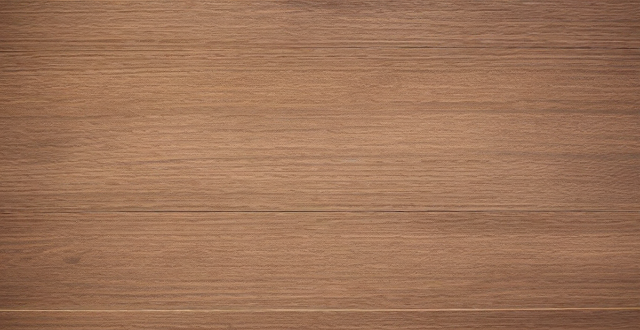This article discusses materials used in ecological design, including recycled and reclaimed materials such as recycled metals, reclaimed wood, and glass; sustainable materials like bamboo, cork, and linoleum; and low-impact materials such as concrete, insulation, and sheep's wool. It emphasizes that ecological design prioritizes materials with minimal environmental impact throughout their life cycle.

Introduction
Ecological design, also known as sustainable or green design, is a practice that aims to minimize the negative impact of buildings and infrastructure on the environment. This approach considers factors such as energy efficiency, water conservation, waste reduction, and the use of renewable resources. In this article, we will discuss some common materials used in ecological design and why they are chosen.
Recycled and Reclaimed Materials
Recycled Metals
- Aluminum: Lightweight, durable, and recyclable.
- Steel: Strong, long-lasting, and can be recycled indefinitely without losing quality.
- Copper: Corrosion-resistant, conducts heat and electricity well, and can be recycled.
Reclaimed Wood
- Timber: Durable, natural, and often has more character than new wood.
- Flooring: Can be refinished and reused, saving trees and reducing landfill waste.
- Beams and Joists: Provide structural support while adding a rustic aesthetic.
Glass
- Bottles: Can be melted down and reformed into new glass products.
- Windows: Old windows can be restored or repurposed for unique designs.
Sustainable Materials
Bamboo
- Fast-growing: Matures in just a few years, making it a renewable resource.
- Durable: Tough enough to withstand heavy foot traffic.
- Versatile: Can be used for flooring, furniture, and even textiles.
Cork
- Renewable: Harvested from the bark of cork oak trees without harming the tree.
- Insulating: Naturally resists heat, cold, and sound.
- Comfortable: Soft underfoot and reduces noise when used as flooring.
Linoleum
- Natural: Made from linseed oil, wood flour, cork dust, and natural colorants.
- Biodegradable: Breaks down over time, reducing environmental impact.
- Durable: Lasts longer than many synthetic flooring options.
Low-Impact Materials
Concrete
- Durable: Lasts for decades with proper maintenance.
- Locally sourced: Often made from locally available materials like sand and aggregate.
- Thermal mass: Can help regulate indoor temperatures by absorbing and releasing heat slowly.
Insulation
- Cellulose: Made from recycled paper products and treated with fire retardant.
- Spray foam: Sealant and insulator in one, reducing air leaks and improving energy efficiency.
- Sheep's wool: A natural alternative that regulates humidity levels and provides insulation.
Conclusion
Ecological design prioritizes materials that have minimal environmental impact throughout their life cycle, from extraction or production to end-of-life disposal or recycling. By choosing recycled, reclaimed, sustainable, and low-impact materials, designers can create spaces that not only reduce harm to the planet but also promote health, wellness, and beauty. As our understanding of ecology continues to evolve, so too will the materials and methods we use in ecological design.